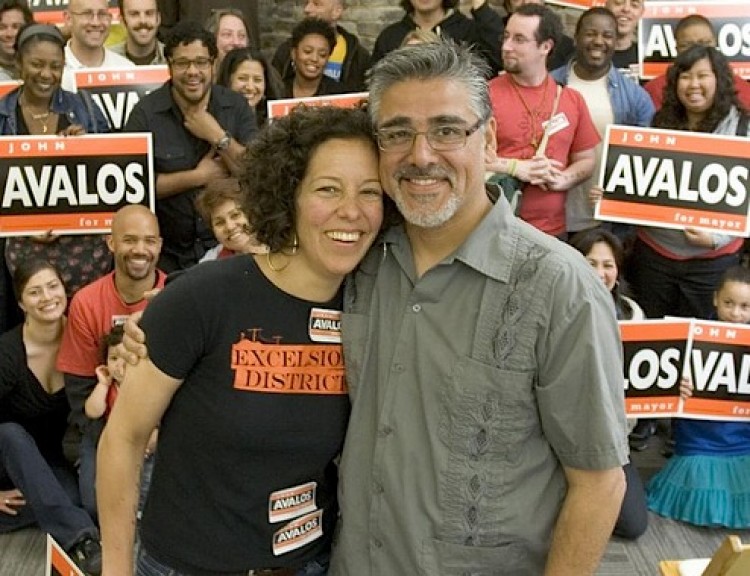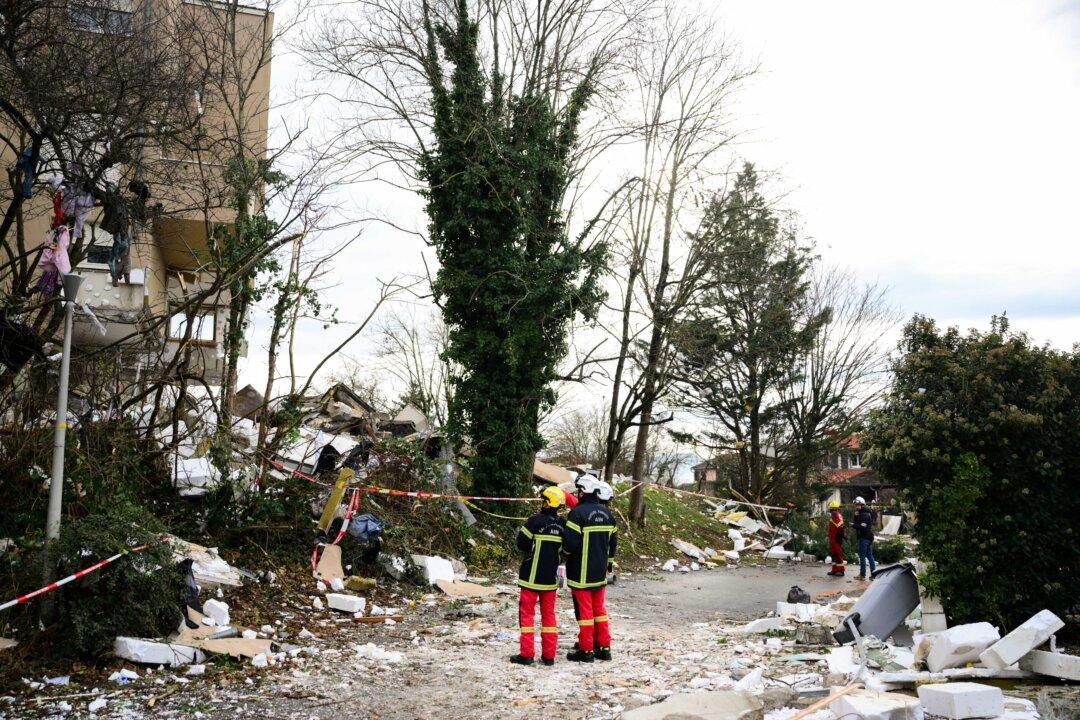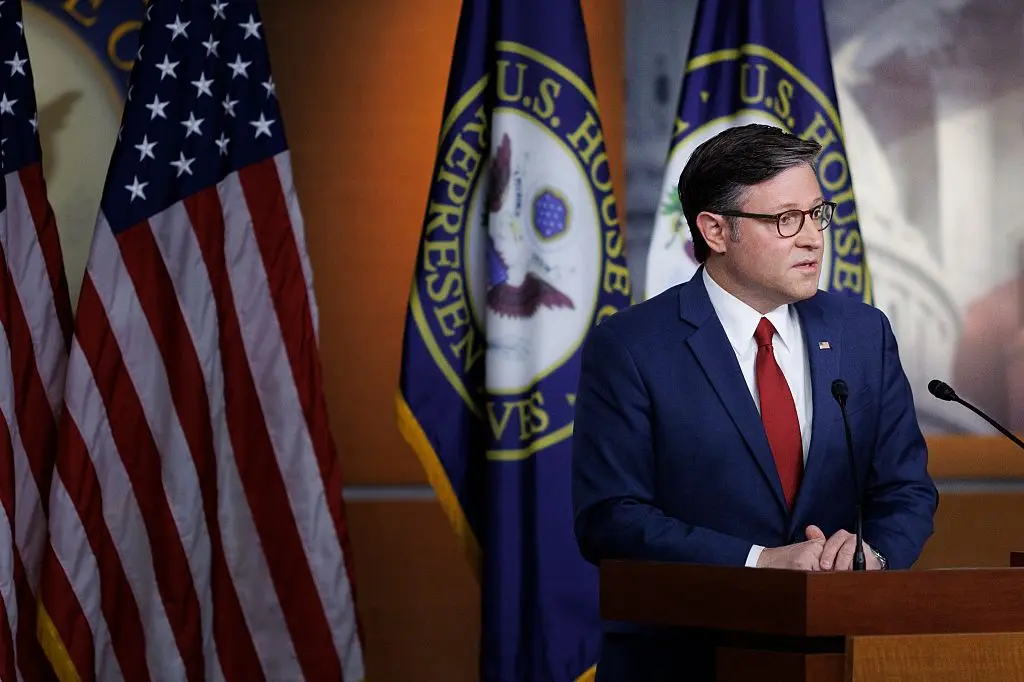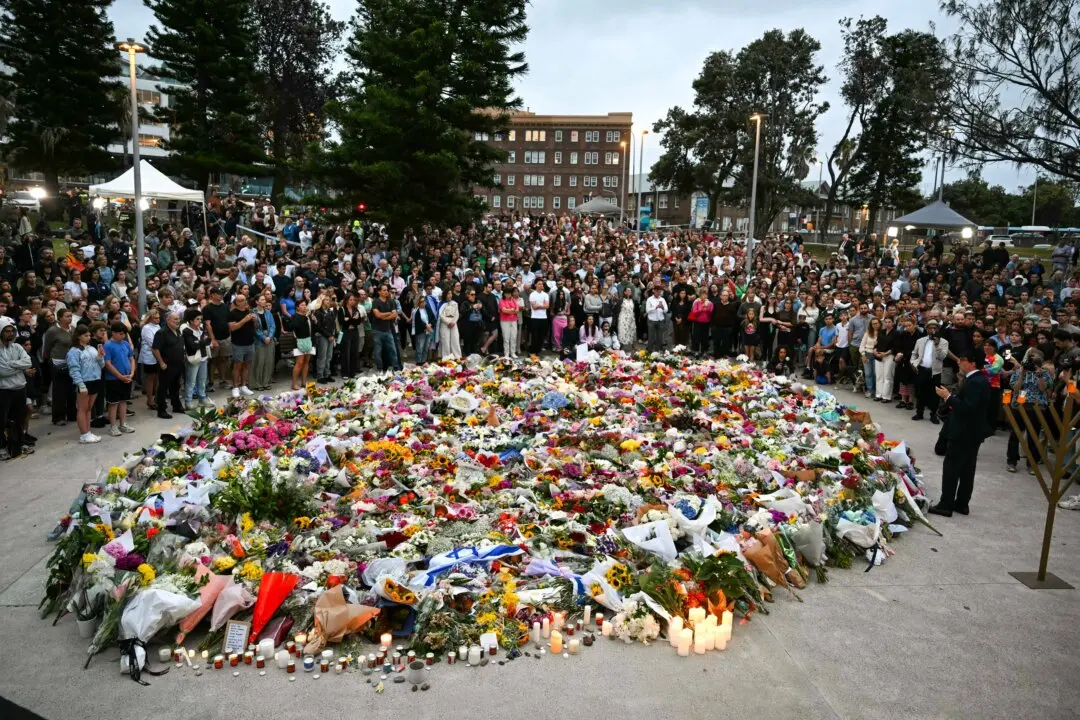John Avalos: An Interview With the San Francisco Mayoral Candidate
An Interview With San Francisco Supervisor John Avalos. He currently represents District 11 of the city.

John Avalos and his wife, Karen Zapata, at a May Day campaign meeting. Avalosformayor.org
|Updated:






